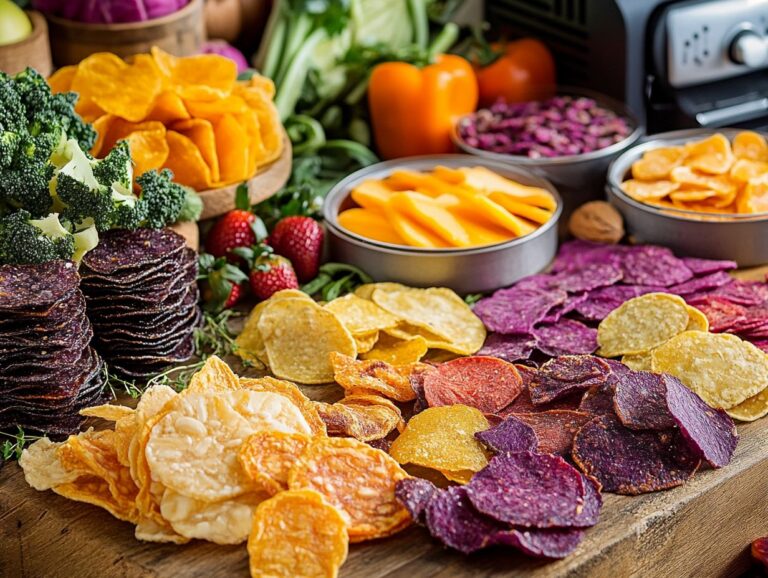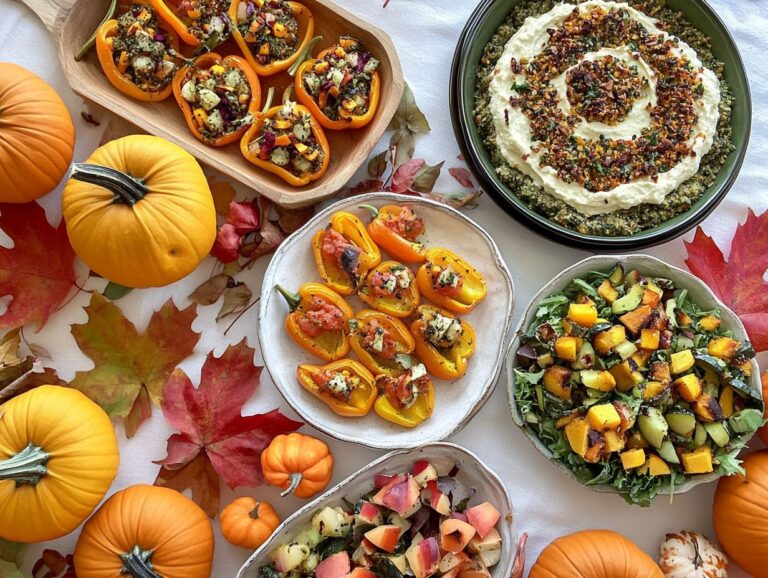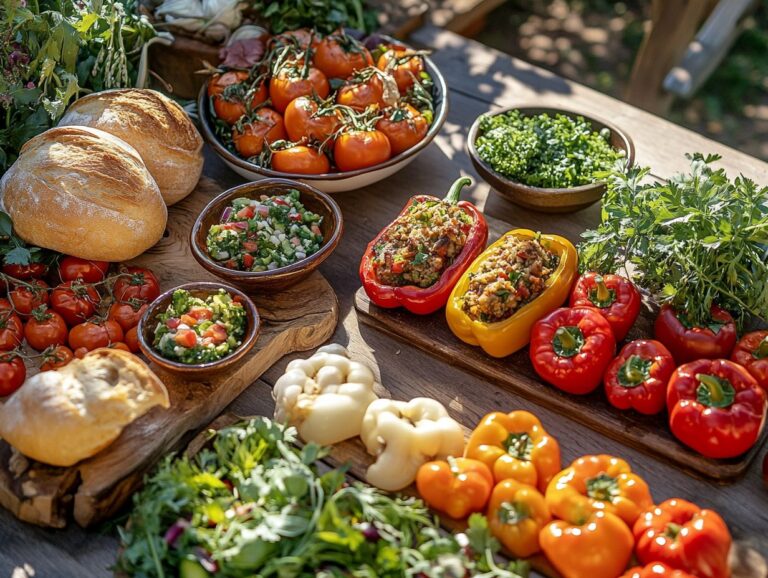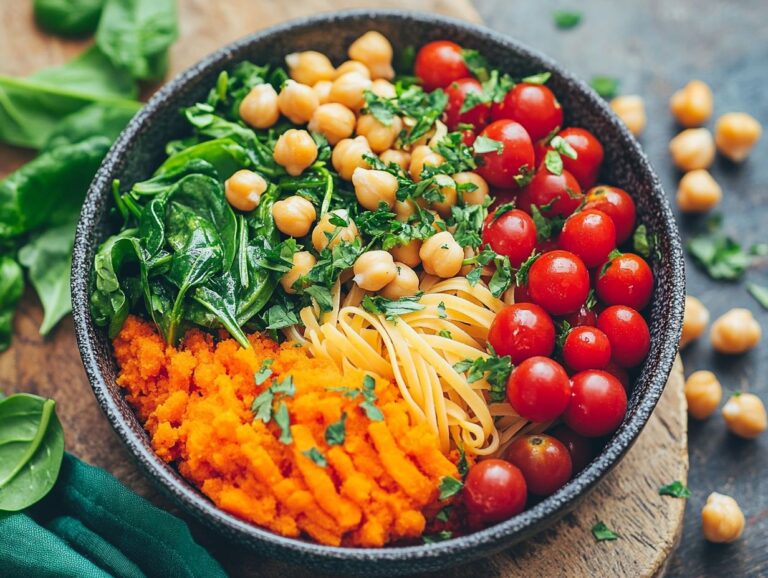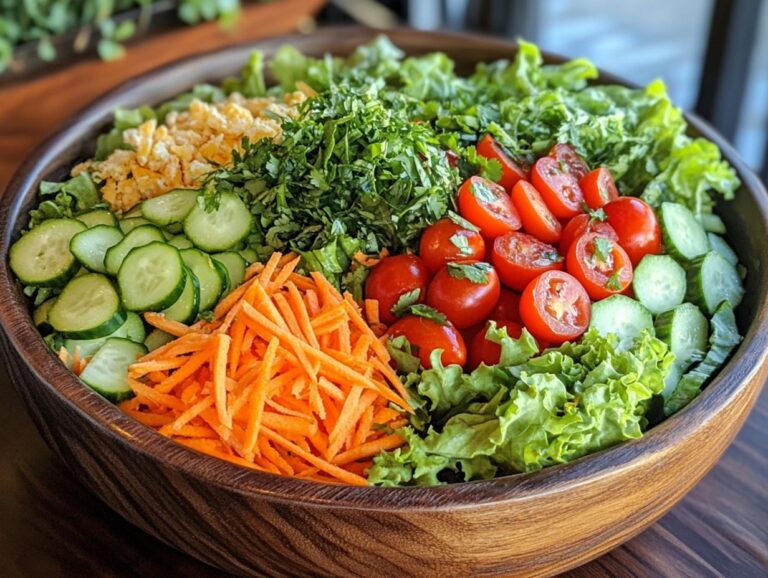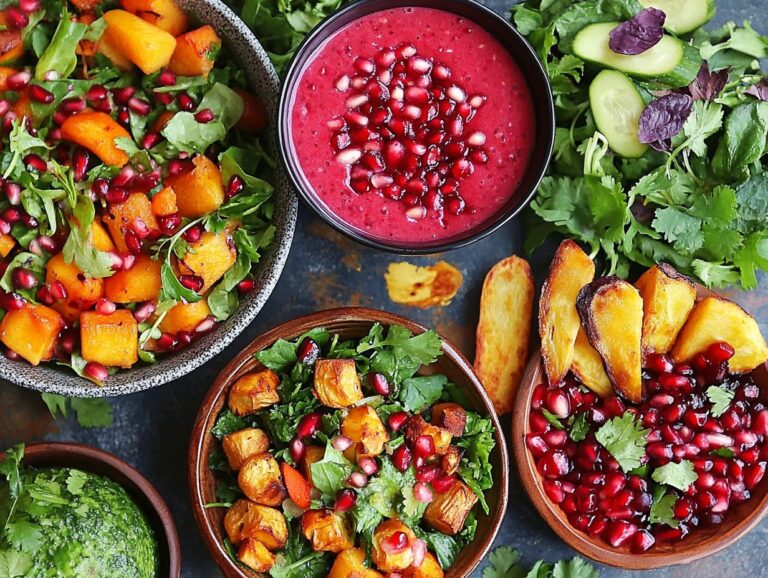This guide to adopting a fat-free vegan diet encompasses everything from fundamental principles and key health benefits to practical tips for achieving success, including meal prep strategies and cooking methods. It includes delicious recipes for breakfast, lunch, and dinner, illustrating that healthy eating can be flavorful rather than bland, featuring easy recipes that incorporate essential vitamins and minerals. Additionally, the guide offers advice on pantry stocking and meal planning. Whether your motivation for adopting a fat-free vegan diet is to improve personal health, support immune health, or to reduce your environmental footprint, this comprehensive guide has you covered.
What is a Fat-Free Vegan Diet?
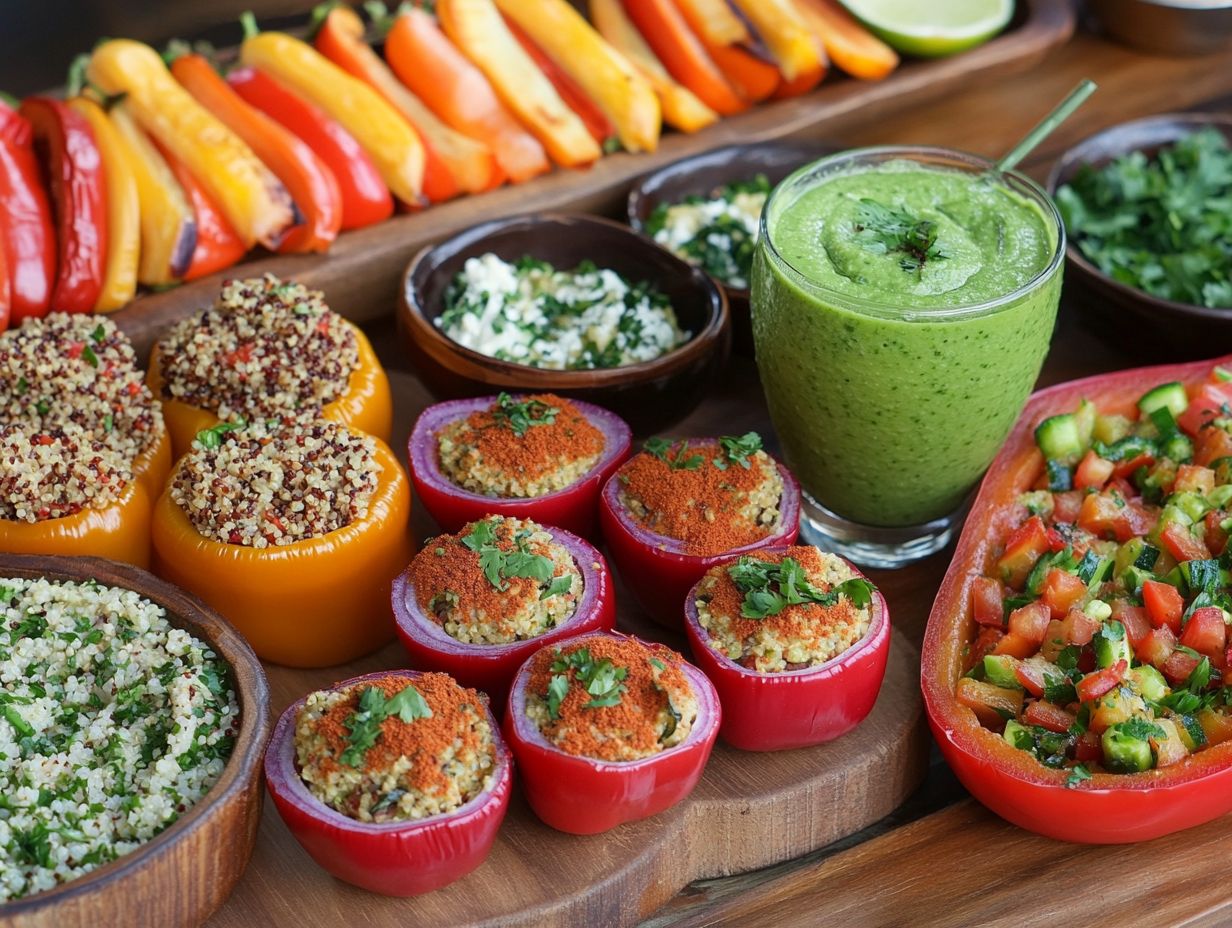
A fat-free vegan diet consists solely of whole foods derived from plant sources and excludes all types of fat, including oils, nuts, and seeds, but can include protein-rich alternatives like tofu and tempeh. This diet incorporates a diverse range of fresh vegetables, fruits, legumes, grains like quinoa and brown rice, and other heart-healthy foods that cater to various dietary needs, including gluten-free and dairy-free options.
It prioritizes low-calorie, high-fiber ingredients to ensure a balanced intake rich in vitamins, minerals, and antioxidants that promote overall health and vitality. By encouraging weight loss, this diet aligns with the principles of clean eating, which emphasize the consumption of unprocessed, natural ingredients.
The inclusion of whole foods without added sugars or chemical additives, commonly found in processed foods, enhances digestive health and boosts energy levels.
Furthermore, the focus on whole, plant-based foods makes this diet suitable for individuals with common dietary restrictions, such as gluten and lactose intolerances.
With its emphasis on nutrient-dense foods, a fat-free vegan diet enables followers to meet their nutritional needs without excess calories, supporting a healthy lifestyle that aligns with both personal health goals and ethical considerations.
Benefits of a Fat-Free Vegan Diet
A fat-free vegan diet offers numerous health benefits, including weight loss, improved digestion, and increased energy levels.
By focusing on a variety of nutrient-dense, high-fiber foods, this diet helps individuals maintain a calorie-restricted eating plan that promotes detoxification, energy-boosting effects, and overall well-being.
Additionally, a fat-free vegan diet aligns with eco-friendly practices and supports sustainable eating by reducing reliance on animal products and minimizing environmental impact.
Health and Environmental Benefits
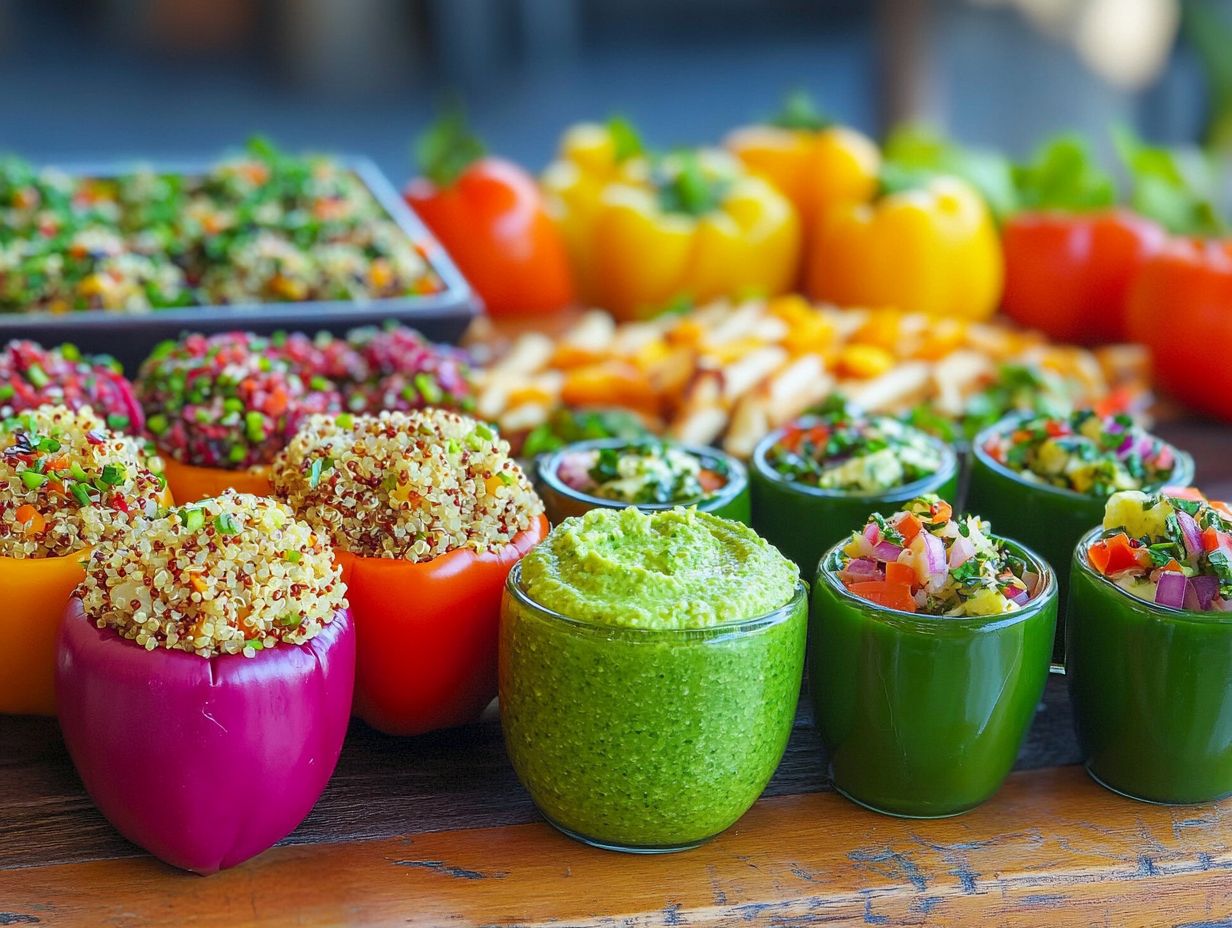
The health and environmental benefits of a fat-free vegan diet are significant. This diet, which emphasizes healthy, whole food-based meals, lowers an individual’s risk of chronic diseases while also reducing their carbon footprint associated with resource-intensive animal agriculture and animal products. As a result, it promotes both personal health and a more sustainable food system that prioritizes plant-based ingredients and less resource-intensive methods.
Numerous examples demonstrate how balanced, whole food plant-based meals can lower cholesterol, enhance cardiovascular health, and meet protein sources through plant proteins. High-fiber legumes, whole grains, and vegetables are key components of such meals.
For instance, quinoa bowls featuring black beans, assorted vegetables such as bell peppers and carrots, and healthy spices or herbs, as well as lentil soups loaded with vegetables, are examples of nutrient-dense, low-calorie, and low-fat dishes that diminish reliance on animal products, which contribute to greenhouse gas emissions.
Adopting a vegan diet is an excellent way to enjoy healthy, nutrient-rich, and delicious foods while making a conscious commitment to environmental sustainability, ultimately supporting wellness and helping to create a healthier planet.
How to Follow a Fat-Free Vegan Diet
A fat-free vegan diet involves careful meal planning and food preparation to ensure that meals are healthy, satisfying, and in alignment with dietary practices, including portion control and food creativity.
This can be achieved by incorporating a variety of plant-based ingredients, such as fresh vegetables, grains, and legumes, while utilizing diverse cooking techniques such as steaming, roasting, and sautéing to enhance flavor and texture without adding fats.
Simple recipes and meal prep strategies for a fat-free vegan diet enable individuals to enjoy a broader range of nutritious meals.
Tips and Tricks for Success
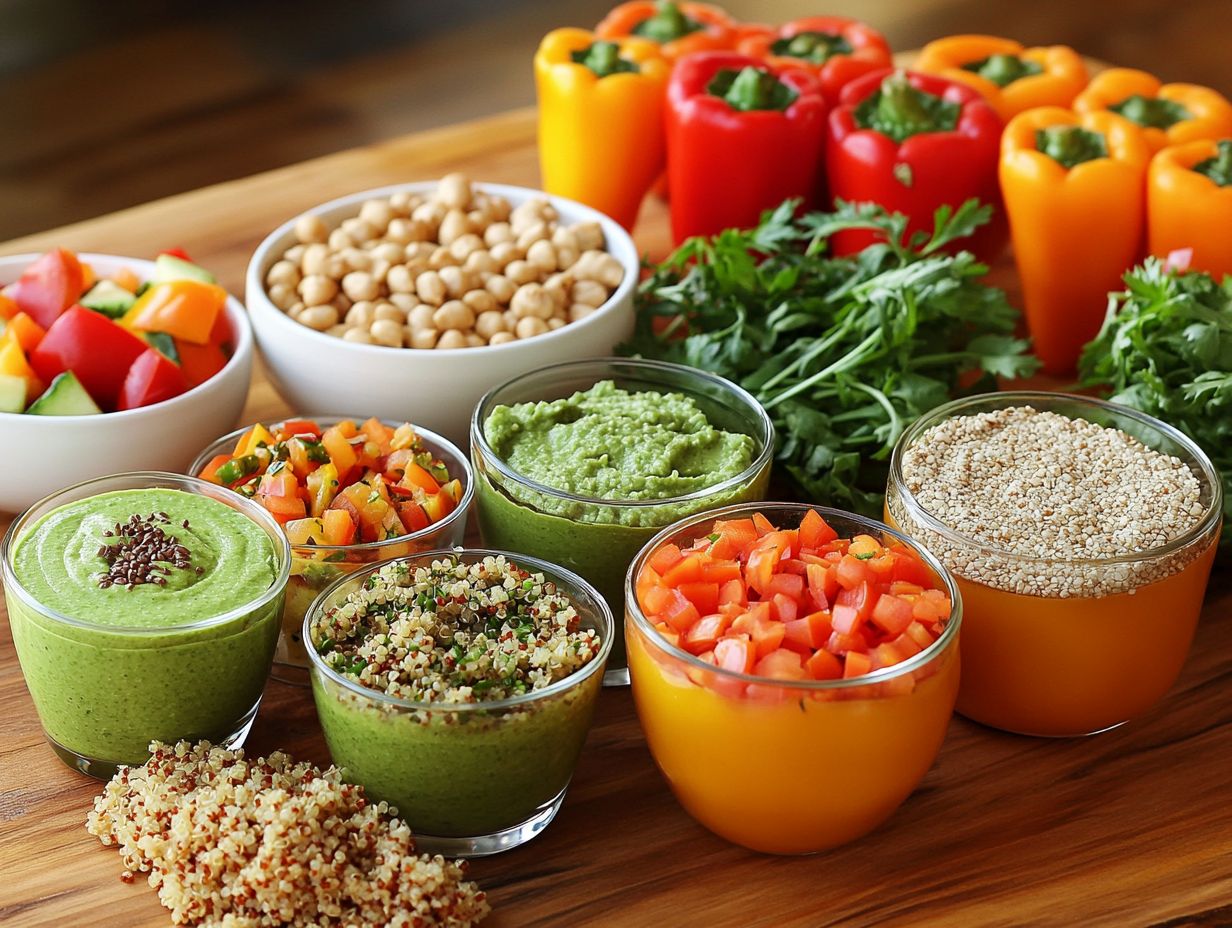
The following practical tips and tricks can enhance cooking and meal preparation for anyone following a fat-free vegan diet. Varying cooking methods, utilizing food swaps, and engaging in culinary improvisation can help increase meal satisfaction and variety.
Understanding how to incorporate healthy fats in moderation from whole food sources can improve flavor and texture without compromising dietary goals, while also utilizing low-fat dressings. Planning meals is essential, so it’s beneficial to set aside a couple of hours each week to batch cook grains, legumes, and roasted vegetables like zucchini and bell peppers, ensuring they are ready for assembly on busy days.
Additionally, spices and herbs can significantly enhance the flavor of dishes. For example, freshly chopped herbs combined with citrus can create a delicious dressing or marinade.
When certain ingredients are unavailable, consider creating substitutes that provide similar textures or flavor profiles. For instance, mashed bananas can be used as a replacement for eggs in specific baked goods, while cashews blended with water can serve as a substitute for heavy cream in sauces.
Delicious Fat-Free Vegan Recipes
Delicious fat-free vegan recipes have the power to transform everyday meals into vibrant and healthy dishes. By creating innovative recipe ideas that incorporate whole foods and minimal fat, you can enhance both the taste and nutrition of any meal, from breakfast to dinner.
These simple cooking solutions will inspire you to unleash your creativity in the kitchen while promoting a diverse array of flavors and textures.
Breakfast, Lunch, and Dinner Ideas
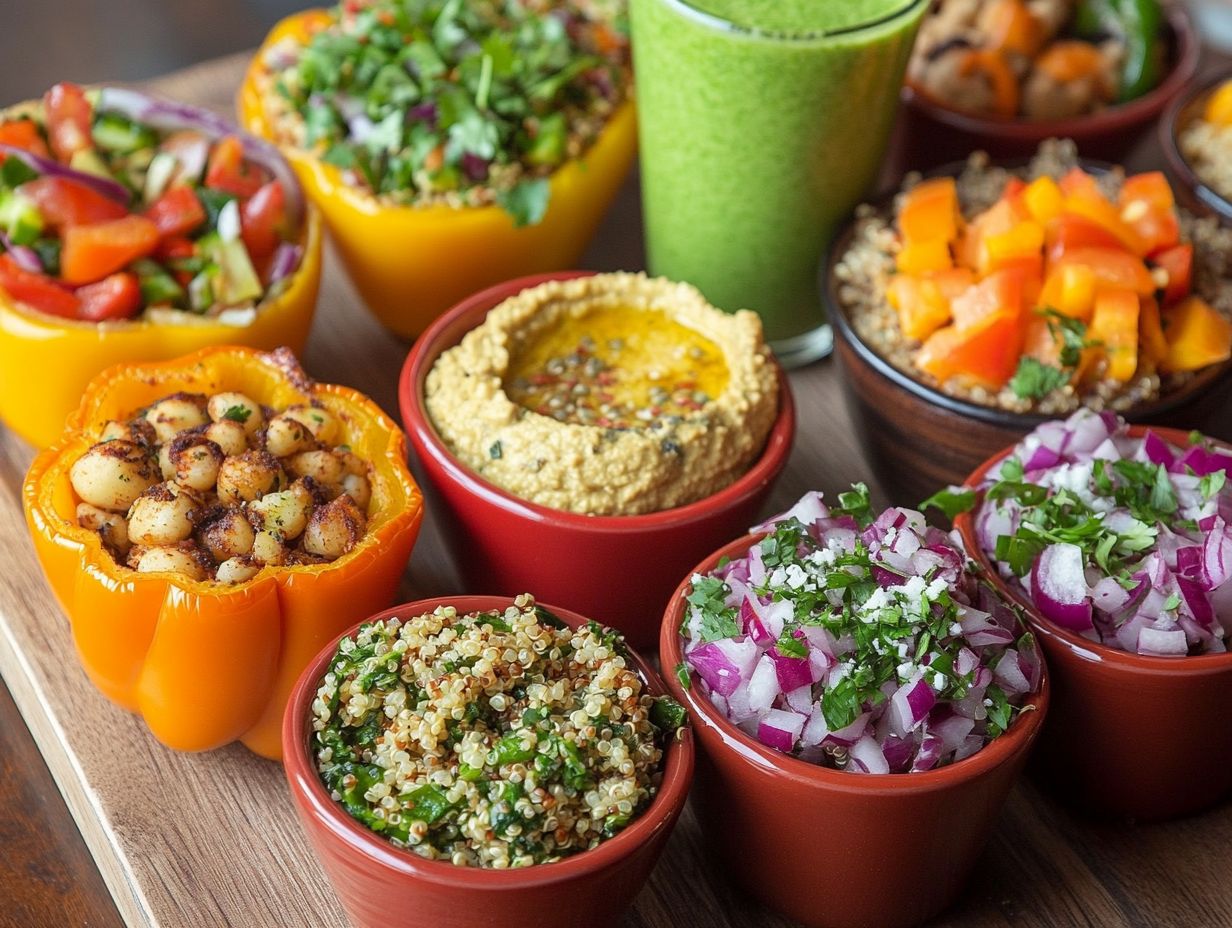
Incorporating fat-free vegan recipes into your meals for breakfast, lunch, and dinner can be both quick and affordable.
For breakfast, consider enjoying fiber-rich smoothies made with fresh fruits and leafy greens like spinach and kale.
For lunch, opt for colorful salads featuring beans or lentils and fresh herbs.
For dinner, prepare grain bowls filled with seasonal vegetables and spices. These meals are not only healthy but also delicious!
Shopping and Meal Planning for a Fat-Free Vegan Diet
How can you shop for and plan meals on a fat-free vegan diet?
Shopping and meal planning for a fat-free vegan diet can enhance your culinary experience while ensuring you always have the right ingredients on hand, including seasonal ingredients and vegan substitutes.
Creating a well-organized shopping list that highlights fresh, seasonal produce alongside essential pantry staples will support healthy meals and incorporate a variety of foods into your daily cooking.
This approach will make cooking more efficient and promote sustainable, eco-friendly practices.
How to Stock a Fat-Free Vegan Pantry
Stocking a fat-free vegan pantry with essential whole foods, legumes, grains, and spices can make cooking both easier and more enjoyable. A well-organized pantry facilitates meal prep and storage, provides quick access to healthy cooking ingredients, and encourages experimentation with various nutritional profiles, textures, and flavors.
Such a fat-free vegan pantry helps individuals meet their dietary needs while inspiring them to unleash their culinary creativity, resulting in meals that are richer in flavor, texture, and nutritional value by broadening the range of ingredients available for everyday cooking.
Key items like lentils, chickpeas, brown rice, quinoa, and an array of spices and culinary herbs should be regularly stocked in a fat-free vegan pantry to enable the preparation of a diverse range of healthy meals. Whole foods not only ensure that meals are nutritious but also allow for quick preparation.
With these ingredients readily available, anyone can easily whip up a healthy stew or grain bowl in no time. A variety of spices offers different flavor profiles, allowing individuals to explore various cuisines and discover new favorites while maintaining a healthy diet.
Meal Planning for a Week’s Worth of Meals
Meal planning for a week can streamline your cooking process and help you maintain a fat-free vegan diet without sacrificing flavor or variety. By creating a structured plan that includes a range of recipe variations, you can prepare healthy meals that satisfy your taste buds while keeping your diet balanced. Incorporating batch cooking strategies into your meal planning can save you time and effort throughout the week.
To begin, consider selecting a mix of cuisines and types of dishes, such as soups, salads, and stir-fries, which allow for diverse ingredients and seasonings. When choosing recipes, prioritize those that utilize seasonal vegetables to enhance both freshness and nutrition.
From there, develop a shopping list that categorizes items into groups like grains, legumes, and vegetables, making it easier to navigate the store.
Don’t forget to allocate time for batch cooking. Preparing larger portions of staples like quinoa or beans can serve as the foundation for multiple meals, allowing for quick meals and snacks that meet dietary requirements. This approach not only helps manage cooking time but also encourages creativity in combining different flavors and textures throughout the week, including incorporating raw foods and mindful eating, ensuring that your meals remain exciting and enjoyable.
